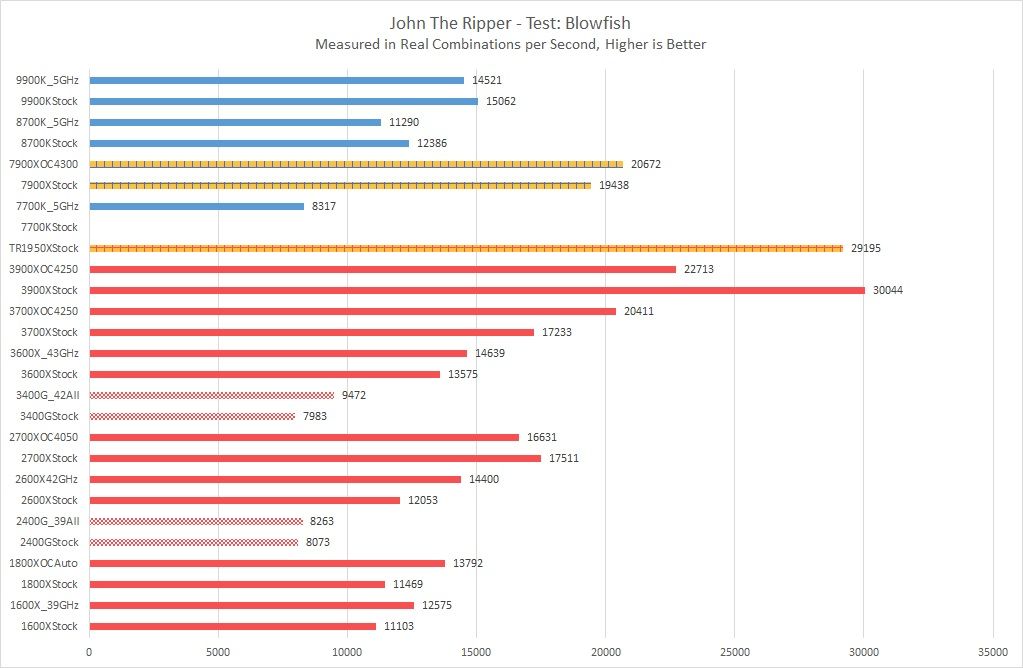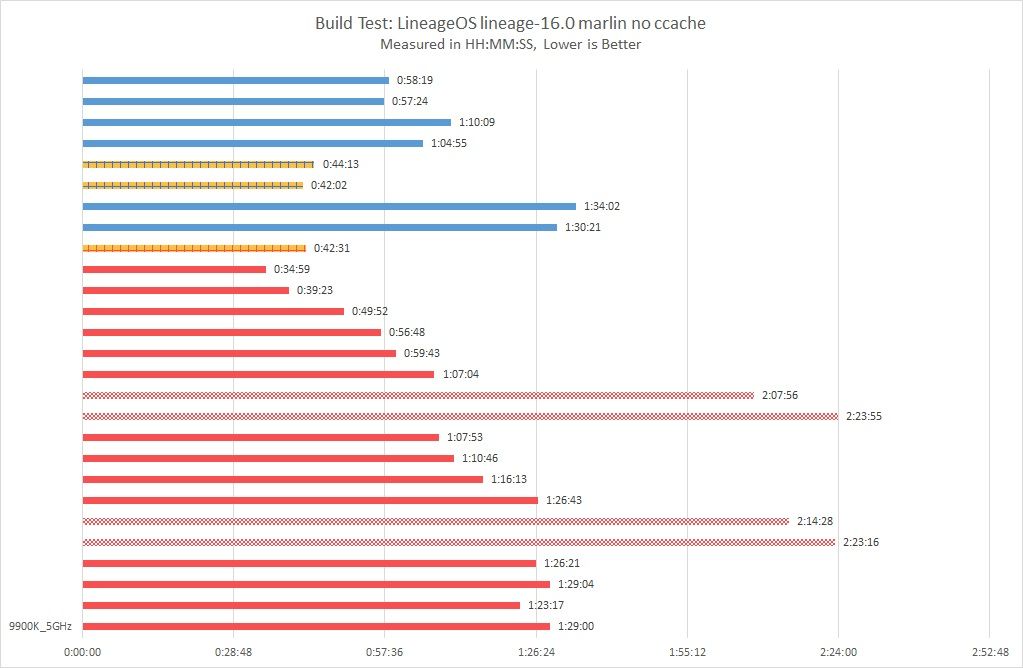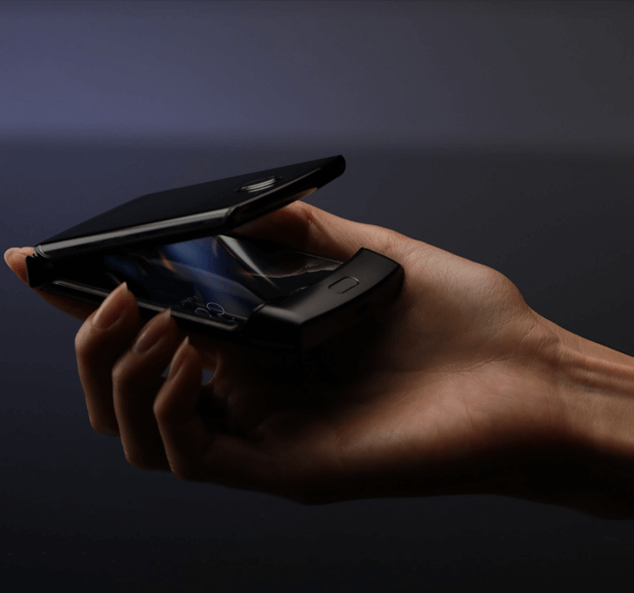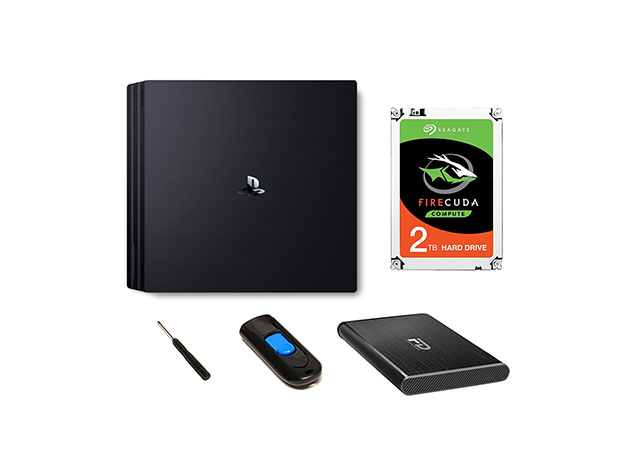For the past few years, Samsung has been hosting its Samsung Developer Conference in the Fall. This is the time for the company to announce all the software, and sometimes hardware, that it’s pushing for developers to work with. Last year was all about One UI and Bixby. This year was all about Bixby Capsules, foldables, and One UI 2.0.
One UI 2.0
Samsung considers One UI 1.0 to have been a huge success. They claim customer loyalty has increased over 15% for the Galaxy S10 series, which Patrick Moorhead of Moor Insights & Strategy thinks is because of One UI. With One UI being such a success, Samsung wanted to focus more on One UI 2.0. One UI 2.0 is all about natural interactions and visible comfort, along with helping you focus more on the content on your display. Samsung is, again, doing this by shifting their “focus” block towards the bottom of the display while keeping the “viewing area” at the top. They are essentially refining their UI to make usability and ease of use better. Samsung is also making One UI feel more alive by animating some system icons just to add a little personality to the UI.
Samsung Blockchain SDK
At SDC, Samsung also announced its new Blockchain SDK. This allows developers to easily integrate with Samsung’s hardware wallet built into their newest devices. Using the SDK, developers can create apps that create or access blockchain accounts on the device. The SDK also allows for developers to accept cryptocurrencies like Etherium as a form of payment in the apps. This is a very simple description of what Samsung has opened up with its new Blockchain SDK. I highly recommend reading more about the Blockchain SDK on Samsung’s developer website.

Samsung SmartThings Rules API
SmartThings is Samsung’s IoT platform used for smart security cameras, refrigerators, washing machines, TVs, and more. At SDC, Samsung announced the new Rules API. This allows for developers to set up complete automations using the Samsung SmartThings Cloud. According to Samsung this “[means] that the number of services and products available to users with automation built into their capabilities is set to expand.” There isn’t much information on this new Rules API besides the fact it can run even if the internet goes out. Samsung will likely announce more information about the new Rules API and SmartThings updates soon.

Bixby
While this isn’t one of the major announcements of SDC, Samsung has a new capsule in Bixby to show off the power of Bixby. It is called Bixby Home Advisor. It allows you to ask Bixby for help with any problems you might have in your home. You can ask for a plumber, for example. Bixby will then come up with a list of issues or appliances you might need help with, find the closest and highest rated professional, and let you request a quote. All off this happens very quickly and all through Bixby using Bixby Capsules. Bixby Capsules are available for any developer to make for any Samsung device with Bixby.

Another minor change is to Bixby Home on the default One UI Home launcher. Samsung will be replacing Bixby Home with a new page called Samsung Daily. It is essentially the same thing but it has a new icon and slightly different design. This will likely be rolling out with One UI 2.0 or One UI 2.1 on the Galaxy S11 rumored to launch in February.

Image from our friends at SamMobile
Samsung Galaxy Book Ion and Galaxy Book Flex
While SDC is mostly about Samsung’s software, there is still some hardware to show off. Samsung announced two new laptops: Samsung Galaxy Book Ion and Galaxy Book Flex. These new laptops are both powered by the latest 10th generation Intel Ice Lake and Comet Lake processors. Both laptops come with Samsung QLED displays at 1080p. These are the same type of great displays you can find on Samsung’s TVs. They come with a new outdoors mode which allows for the display to get to a very bright 600 nits, almost 200 nits brighter than the latest MacBook Pro and Surface Book 2. They are both very thin with the Galaxy Book Flex and Ion coming in at 13mm to 15mm. The Galaxy Book Flex is pretty light coming in at a minimum of 1.15kg (2.5lbs) and a maximum of 1.57kg (3.5lbs) while the Galaxy Book Ion comes in at a minimum of 0.97kg (2.13lbs) and a maximum of 1.15kg (2.78lbs.)


Something new Samsung did with the Galaxy Book Flex and Galaxy Book Ion is incorporate Wireless PowerShare into the trackpad. Essentially, the trackpad can wirelessly charge your phone, earbuds, or watch. The Galaxy Book Flex comes with an S Pen as well. This is the same S Pen that comes with the Galaxy Note 10, so it has all the same Air Actions. These laptops are scheduled to launch in early 2020. Samsung has yet to announce any prices for these laptops.

Galaxy Fold 2 Teaser
Just like last year, Samsung has teased the new Galaxy Fold 2, codenamed “bloom,” at SDC. This year they showed a 24 second video with the display folding shut. It is a clamshell design with a centered hole punch. This is very likely to launch in early 2020 with a 6.7-inch display that folds into a square, as Bloomberg reported last month. The model number is rumored to be SM-F700F and come with 256GBs of storage. Software development on this device started earlier this month. We have an entire article about this new tease, so if you want to know a little more about that, I recommend checking it out.

Galaxy Home Mini
At SDC, Samsung showed off the Galaxy Home Mini. This is their smaller Bixby speaker. We don’t know much about this speaker beside the fact it exists and Samsung is showing it off. Samsung has also started a beta program in South Korea, seeding these devices to users to test them out in their homes. There is also the larger Galaxy Home, but Samsung hasn’t updated us on any new information about that device in nearly 14 months.

Samsung announced a lot of new products and software at SDC 2019. As a developer website and forum, we love to see everything Samsung is announcing at their developer conference. It’s great to see companies open up development on their platform to more and more people.
The post Everything announced at Samsung Developer Conference 2019 appeared first on xda-developers.
from xda-developers https://ift.tt/337zv0Q
via IFTTT




















